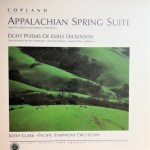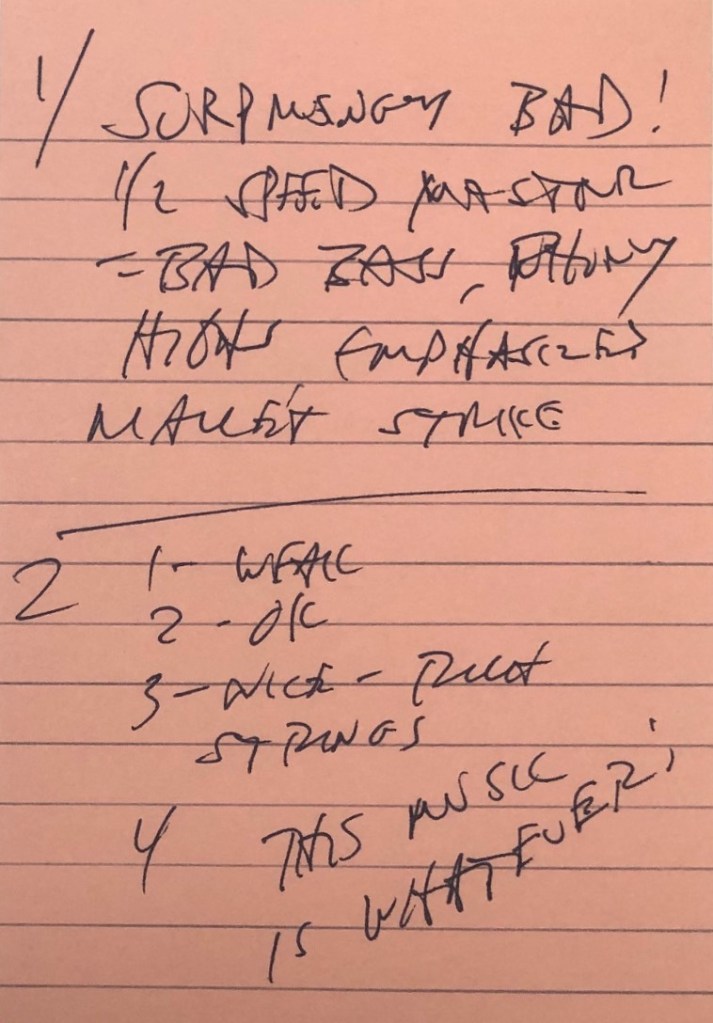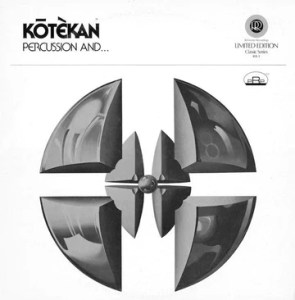Exceptional Classical and Orchestral Pressings Available Now
Sonic Grade: F
An Audiophile Hall of Shame pressing and another Reference Record reviewed and found wanting.
In all the years I was selling audiophile records, one of the labels whose appeal escaped me almost entirely was Reference Records.
Back then, when I would hear one of their orchestral or classical recordings, I was always left thinking, “Why do audiophiles like these records?”
I was confused, because at that time, back in the ’80s, I had simply not developed the listening skills that today make it so easy to recognize the faults of their recordings.
I thought other audiophiles must be hearing something I wasn’t.
I could not put my finger on what I didn’t like about them, but now, having worked full time (and then some!) for more than twenty years to develop better critical listening skills, the shortcomings of their records, or, to be more accurate, the shortcomings of this particular copy of this particular title, took no time at all to work out.
My transcribed notes for RR-22:
- Lean tonality
- No real weight
- No Tubey Magic
- Blurry imaging when loud
- No real depth
- Bright tonal balance
Is this the sound you are looking for in an audiophile record?
Shouldn’t you be looking for audiophile quality sound?
Well, you sure won’t find it here.
This link will take you to some other exceptionally bad records that, like this one, were marketed to audiophiles for their putatively superior sound. On today’s modern systems [1], it should be obvious that they have nothing of the kind and that, in fact, the opposite is true.
[1] Regarding modern stereo systems:
When I first got started in audio in the early- to mid-70s, the following important elements of the modern stereo system did not exist:
- Stand-alone phono stages.
- Modern cabling and power cords.
- Vibration controlling platforms for turntables and equipment.
- Synchronous Drive Systems for turntable motors.
- Carbon fiber mats for turntable platters.
- Highly adjustable tonearms (for VTA, etc.) with extremely delicate adjustments and precision bearings.
- Modern record cleaning machines and fluids.
- And there wasn’t much in the way of innovative room treatments like the Hallographs we use.
On our current playback system, this Reference Record is nothing but a joke, a joke played on a much-too-credulous audiophile public by the ridiculously inept and misguided engineers and producers who worked for Reference Records.
This is a reference for something? For what? As I wrote about another one of their awful releases, If This Is Your Idea of a Reference Record, You Are in Real Trouble.
It would be hard to imagine that anyone who has ever heard a good vintage classical recording — here are some of our favorites — could ever confuse this piece of audiophile trash with actual hi-fidelity orchestral sound.




